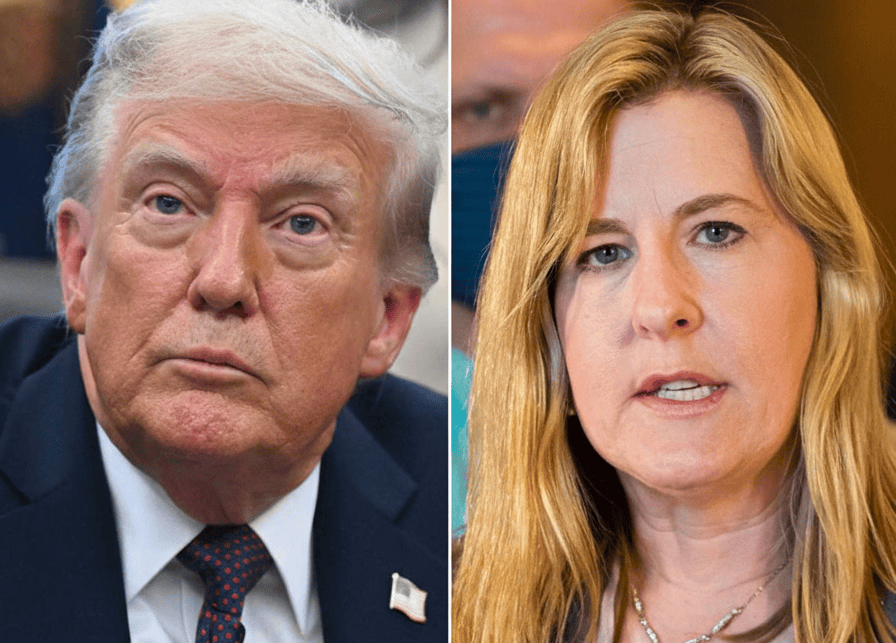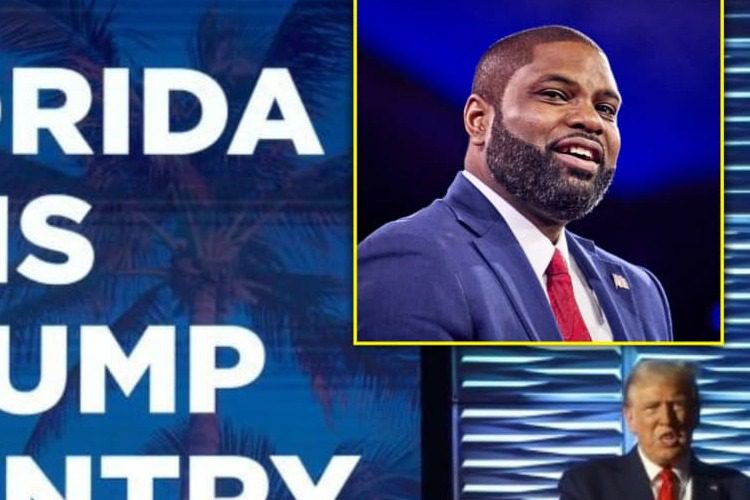Donald Trump Explains Why U.S. Flags Weren’t Lowered for Murdered Minnesota Democrat Melissa Hortman, Saying He Was “Not Familiar”
Former President Donald Trump found himself facing an unexpected question during a press appearance when a reporter asked why he had not ordered U.S. flags to be lowered following the death of Minnesota state Representative Melissa Hortman. Hortman, a Democrat, was murdered at her home in June, sparking grief across her community and raising questions about why her passing had not been marked with the symbolic gesture of flags at half-staff.
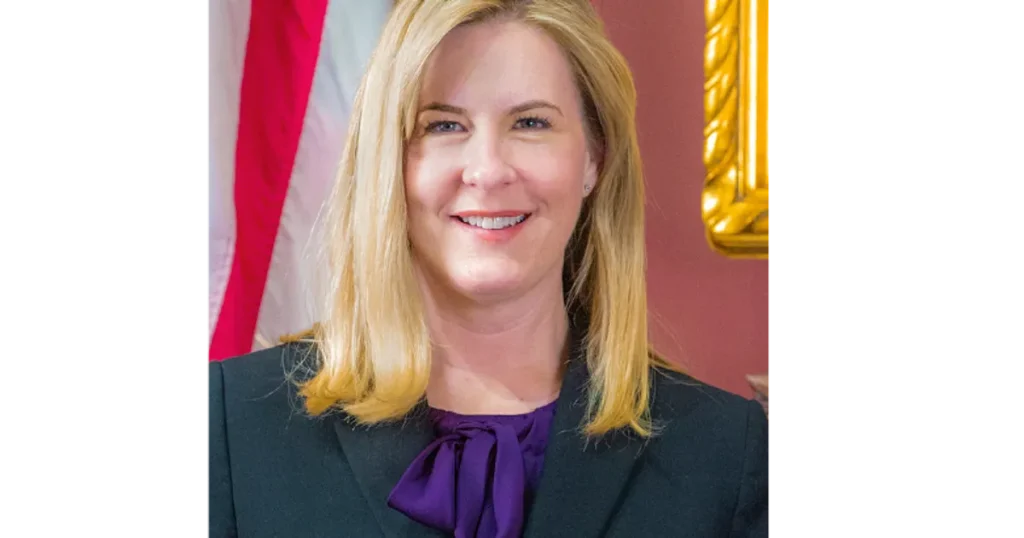
At first, Trump appeared confused by the question, responding that he was “not familiar” with the case. “The who?” he asked, seemingly unsure of who Hortman was. After a pause, he added that he believed he remembered her but claimed that he “would have” ordered the flags lowered if Minnesota Governor Tim Walz had made a formal request at the time. His remarks left room for interpretation, both in terms of whether the White House had been aware of the tragedy in real time and whether protocol had been followed in the aftermath.
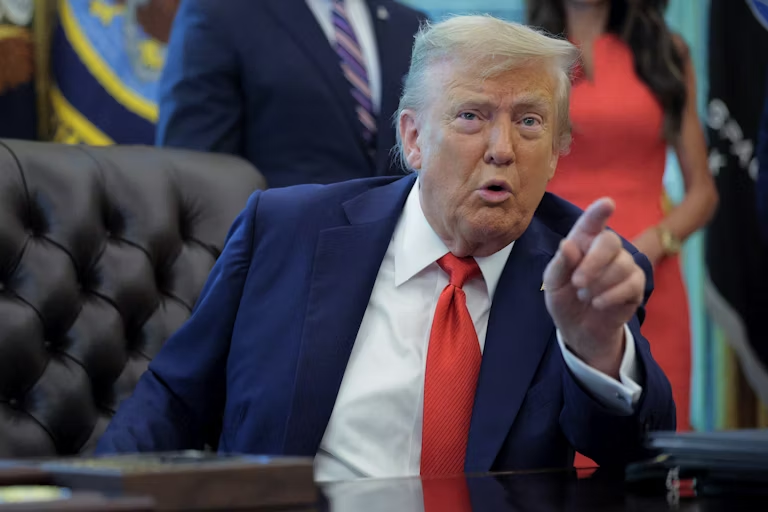
Melissa Hortman had served in the Minnesota House of Representatives for years, known for her advocacy on education, climate change, and workers’ rights. Her murder shocked her constituents and sent ripples through state politics, where she had been regarded as a strong leader and respected voice. In moments like these, lowering the U.S. flag is often seen as a unifying gesture, a way for the nation to collectively recognize the loss of a public servant. That the gesture did not take place has now become part of a larger conversation about how political figures are remembered and honored in times of crisis.

Trump’s explanation pointed to a key detail: governors often play a central role in requesting flag-lowering proclamations for state-level officials. Without a direct request to the White House, the decision may not automatically reach the president’s desk. Still, for critics, the exchange underscored what they saw as a lack of awareness and sensitivity. To not immediately recognize Hortman’s name, they argued, suggested a disconnect between the national leadership and the lives of local representatives who serve their communities.
Supporters of Trump, however, were quick to note that such decisions follow specific protocols and that his response reflected the procedural reality. They argued that the governor of Minnesota held the authority to make such a request, and without it, the White House had no formal obligation to act. In their view, Trump’s comment that he “would have” lowered the flags if asked was an acknowledgment that he had no intention of denying such a gesture on political grounds.
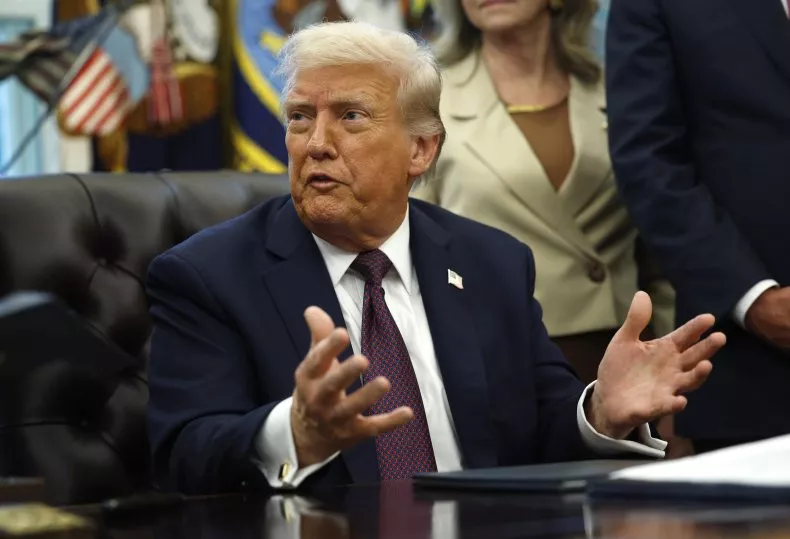
The moment highlights the complexity of symbolism in American politics. Lowering flags is not just a matter of tradition; it is a visible way of acknowledging collective grief and respect. When it doesn’t happen, people notice. Whether it was a misstep of communication, a gap in awareness, or a reflection of political divides, the absence of the gesture for Melissa Hortman has now become part of her story.
In the end, the exchange may not settle the questions people have, but it does shine a light on the way honor and remembrance are handled at the highest levels of government. For Hortman’s family, colleagues, and community, the loss remains personal and painful. For the nation, the discussion around it reflects how deeply symbols matter, especially when lives of public service are cut short.
